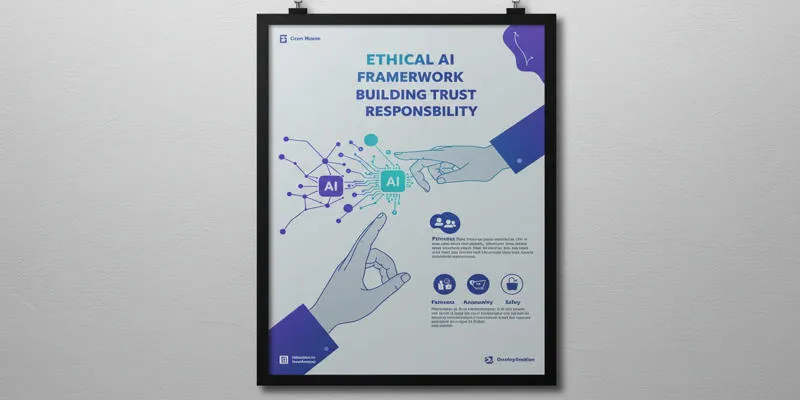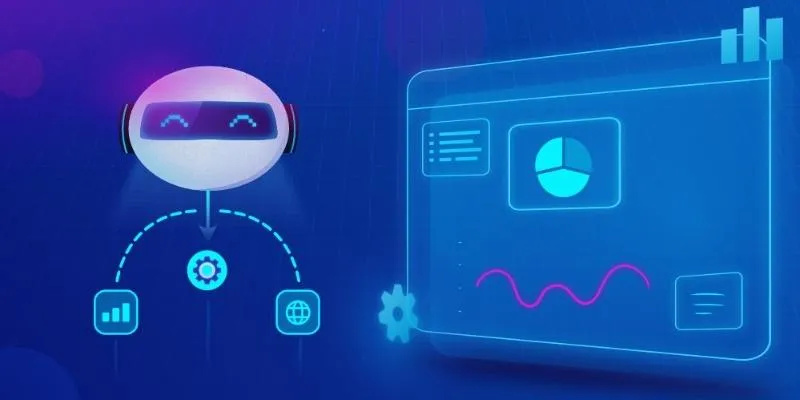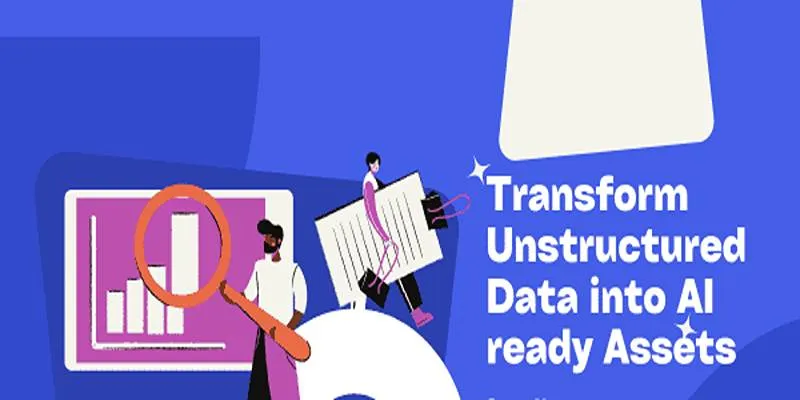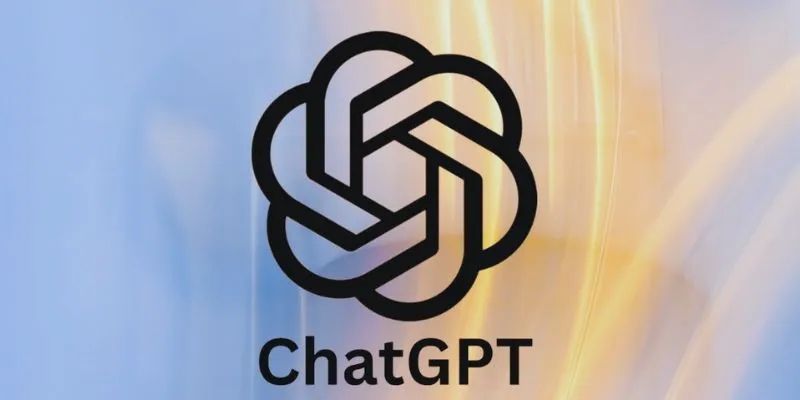Wind energy has emerged as a crucial source of renewable energy globally. With escalating concerns about climate change and the imperative to reduce carbon emissions, numerous countries are making significant investments in wind power. However, like any technology, wind turbines face performance and maintenance challenges. This is where Artificial Intelligence (AI) steps in to make a substantial impact.
AI is revolutionizing the wind energy sector by enhancing the performance of wind turbines, reducing maintenance costs, and extending equipment lifespan. Let’s delve into how AI is transforming the wind energy industry.
The Need for Smarter Wind Energy Systems
Wind turbines are intricate machines with numerous moving parts that wear out over time. Without regular inspections, these components can fail, leading to breakdowns, high repair costs, and energy waste.
Traditionally, maintenance teams conducted scheduled inspections, even if turbines were functioning optimally. This approach was both costly and time- consuming. AI now enables companies to monitor turbine performance in real- time, identifying potential issues before they occur. This results in smoother operations and increased energy output.
How AI Enhances Wind Turbine Performance
AI collects and analyzes vast amounts of data from wind turbines, including wind speed, rotor speed, power output, temperature, and vibration levels. Machine learning algorithms continuously monitor and process these data points.
Here’s how AI enhances turbine performance:
- Real-time monitoring: AI systems track turbine activity 24/7, ensuring every component functions optimally.
- Performance optimization: AI adjusts turbine settings based on wind patterns for improved efficiency.
- Smart control systems: AI manages multiple turbines within a wind farm to operate cohesively and efficiently.
- Weather forecasting: AI utilizes historical data to predict wind speeds and weather patterns, aiding in maximizing energy generation.
Predictive Maintenance with AI

One of the most valuable applications of AI in wind energy is predictive maintenance. Instead of reacting to breakdowns, AI systems predict which parts are likely to fail soon, alerting maintenance teams in advance. This proactive approach minimizes sudden failures and reduces maintenance costs. Predictive maintenance relies heavily on sensors and historical data.
Key Benefits of Predictive Maintenance
Implementing AI-powered predictive maintenance offers several advantages:
- Less downtime: Turbines remain operational for extended periods without unexpected failures.
- Lower costs: Early fault detection saves money on extensive repairs.
- Improved safety: Technicians can avoid hazardous on-site inspections.
- Longer lifespan: Timely part replacements extend turbine longevity.
These benefits are particularly vital for offshore wind farms, where accessing turbines can be challenging and expensive.
AI-Powered Drones and Robots for Inspection
AI is not only enhancing internal turbine operations but also revolutionizing external inspections. Traditionally, technicians climbed turbine towers for visual inspections, a method that was slow, risky, and limited in detail.
Now, AI-powered drones and climbing robots conduct these inspections. These machines capture high-resolution images and video footage of turbine surfaces. AI algorithms then analyze the visuals to identify cracks, rust, or erosion, even at early stages.
Advantages of AI Drone Inspections Include:
- Faster inspection times
- Reduced human risk
- Detection of small defects missed by the human eye
- Automated report generation for maintenance planning
By reducing manual labor and increasing inspection frequency, AI ensures turbines maintain optimal working conditions throughout their operational life.
Data Analytics and Wind Farm Management
Managing a large wind farm involves coordinating hundreds of turbines. AI aids in this process by using data analytics to enhance farm-wide efficiency.
For example:
- AI can identify patterns in energy output to detect underperforming turbines.
- It can recommend adjustments to turbine settings based on wind directions.
- AI tools can simulate different operational scenarios to determine the most effective strategies.
This intelligent decision-making leads to higher energy production and more efficient resource utilization.
Challenges and Future Possibilities
While AI offers numerous benefits, the wind energy sector still faces challenges:
- Data quality: AI requires accurate data to function effectively. Poor sensor data can result in incorrect decisions.
- Cybersecurity: As turbines become more connected, safeguarding systems against cyberattacks is crucial.
- High initial cost: Implementing AI systems and sensors can be costly for smaller energy companies.
Despite these obstacles, the future of AI in wind energy appears promising. As AI technology becomes more advanced and affordable, further improvements in turbine performance and maintenance are anticipated.
Real-World Examples of AI in Wind Energy

Several companies are already leveraging AI to enhance their wind energy operations:
- GE Renewable Energy utilizes AI to analyze turbine data and predict failures.
- Siemens Gamesa integrates AI with digital twins to simulate turbine behavior and improve efficiency.
- Vestas has developed cloud-based AI platforms for real-time turbine monitoring.
These real-world applications demonstrate that AI is not just a theoretical concept—it is already delivering tangible results in the wind energy industry.
Conclusion
AI in wind energy signifies the future of efficient, reliable, and cost- effective renewable power. From enhancing turbine performance to transforming maintenance through predictive insights and automated inspections, AI provides wind farm operators with powerful tools to maximize productivity. As the world continues its transition to renewable energy, embracing AI will help wind energy companies remain competitive, reduce emissions, and deliver clean power more effectively. The synergy between technology and sustainability is proving to be a winning formula for both the planet and the industry. For wind energy providers aiming to scale operations and cut maintenance costs, AI is no longer optional—it’s essential.
 zfn9
zfn9























